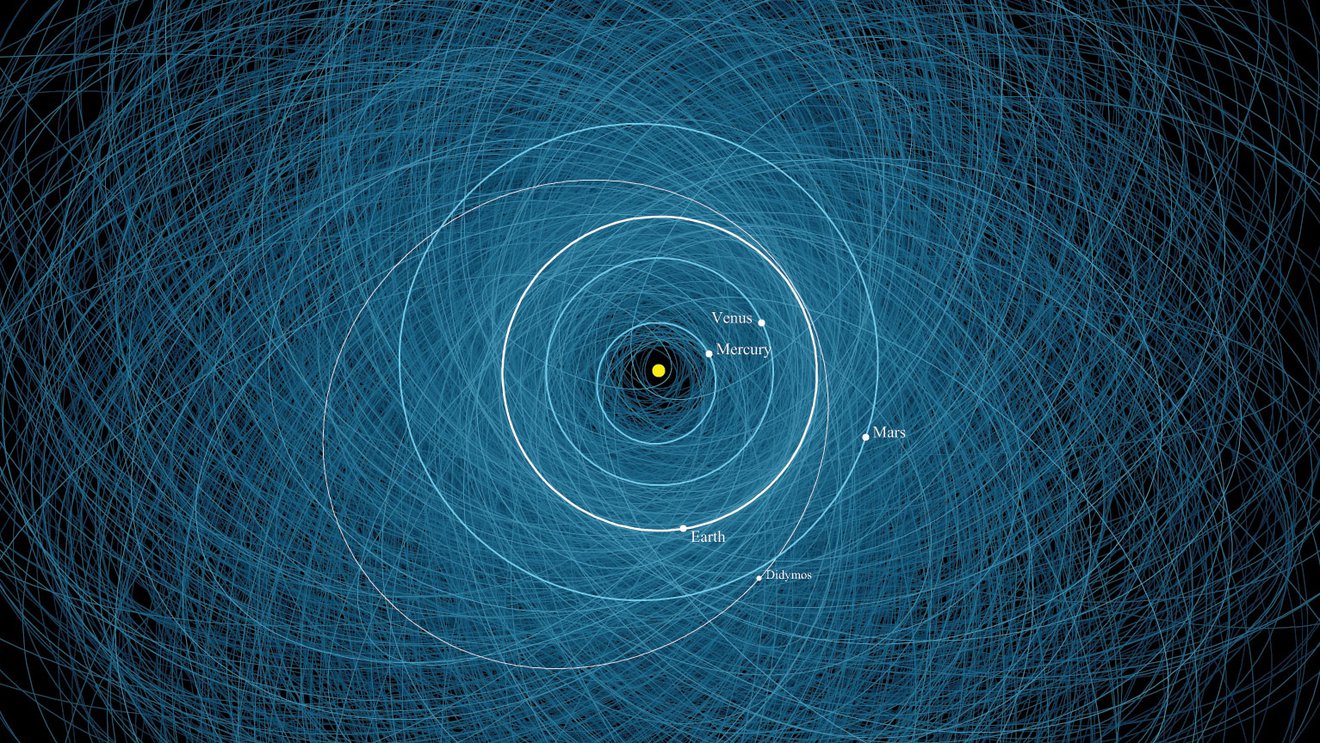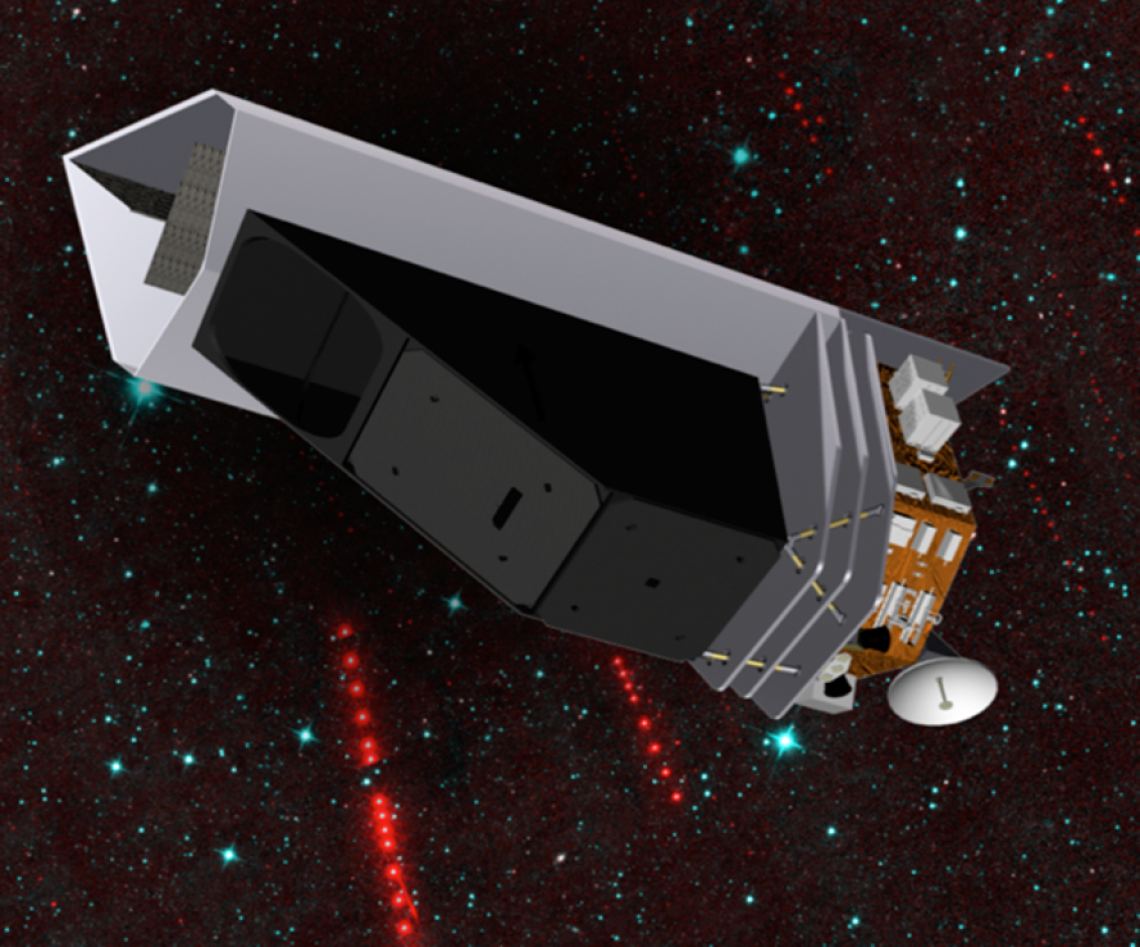Radiation is a primary concern for long-duration human spaceflight, such as the planned trips to Mars, which are the stated goal of organizations such as NASA and SpaceX. Shielding is the standard way to protect astronauts from radiation during those flights. However, shielding is heavy and, therefore, expensive when it is launched off the Earth. What if, instead, astronauts could hitch a ride on a giant mass of shielding already in space that will take them directly to their destination? That is the basic thought behind a paper from Victor Reshetnyk and his student at Taras Shevchenko National University in Kyiv.
Continue reading “Could We Use An Asteroid to Shield Astronauts On Their Way to Mars?”Here's How NASA is Planning to Protect Earth From Asteroids and Comets

The large impact craters dotting our planet are powerful reminders that asteroids and comets strike the Earth from time to time. As often said, it’s not a question of “if”; it’s a matter of “when” our planet will face an impending strike from space. But an impact is one existential threat humanity is finally starting to take seriously and wrap its head around.
Seemingly spurred by the success of the Double Asteroid Redirection Test (DART), NASA just released a new planetary defense strategy and action plan, describing its efforts to find and identify potentially hazardous objects to provide an advanced warning, and then even push them off an impact trajectory.
This 10-year strategy looks to advance efforts to protect the Earth from a devastating encounter with a Near Earth asteroid or comet.
Continue reading “Here's How NASA is Planning to Protect Earth From Asteroids and Comets”NASA has Approved a Space Telescope That Will Scan the Skies for Dangerous Near-Earth Asteroids

A lot of the threats humanity faces come from ourselves. If we were listing them, we’d include tribalism, greed, and the fact that we’re evolved primates, and our brains have a lot in common with animal brains. Our animalistic brains subject us to many of the same destructive emotions and impulses that animals are subject to. We wage war and become embroiled in intergenerational conflicts. There are genocides, pogroms, doomed boatloads of migrants, and horrible mashups of all three.
Isn’t humanity fun?
But not all of the threats we face are as intractable as our internal ones. Some threats are external, and we can leverage our technologies and our knowledge of nature in the struggle against them. Case in point: asteroids.
Continue reading “NASA has Approved a Space Telescope That Will Scan the Skies for Dangerous Near-Earth Asteroids”
